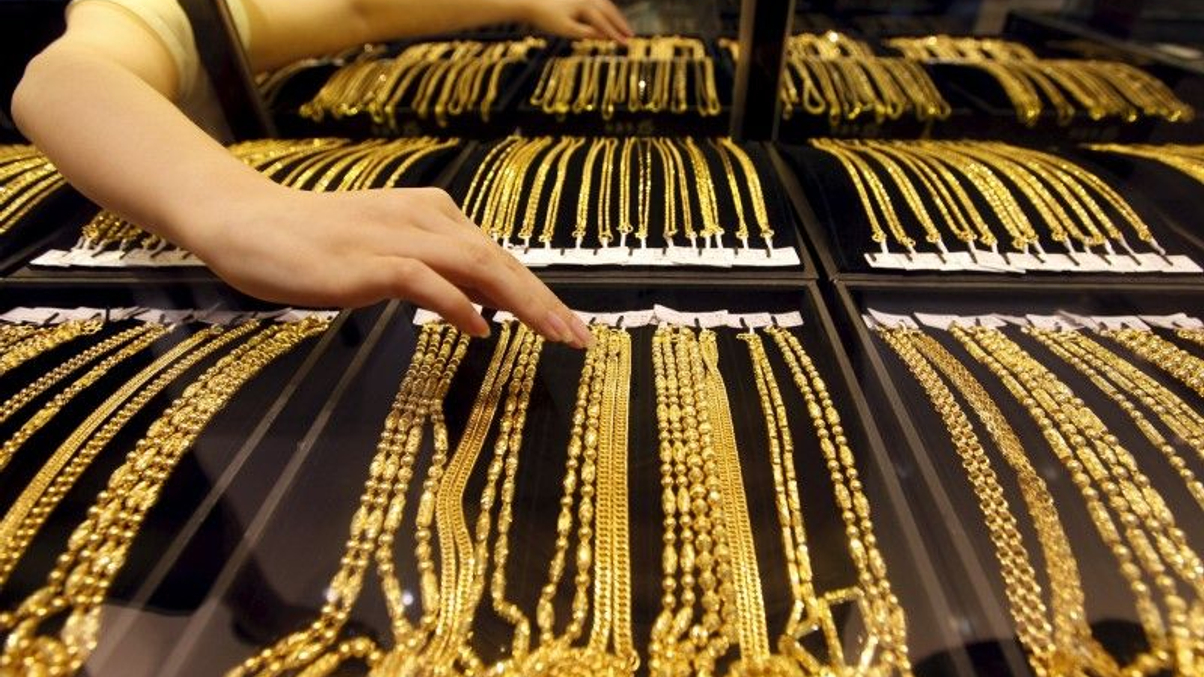Gold ETF demand soars in China
After a strong showing in 2016, the gold price has been pegged back by dollar strength and a positive outlook for the US. Still, demand from China is growing, notably through ETFs.

Investors in Asia are poised to drive up the price of gold and related investments, most likely via exchange-traded funds, should the early period of the new US administration not go as planned, say market observers.
Sign in to read on!
Registered users get 2 free articles in 30 days.
Subscribers have full unlimited access to AsianInvestor
Not signed up? New users get 2 free articles per month, plus a 7-day unlimited free trial.
¬ Haymarket Media Limited. All rights reserved.


